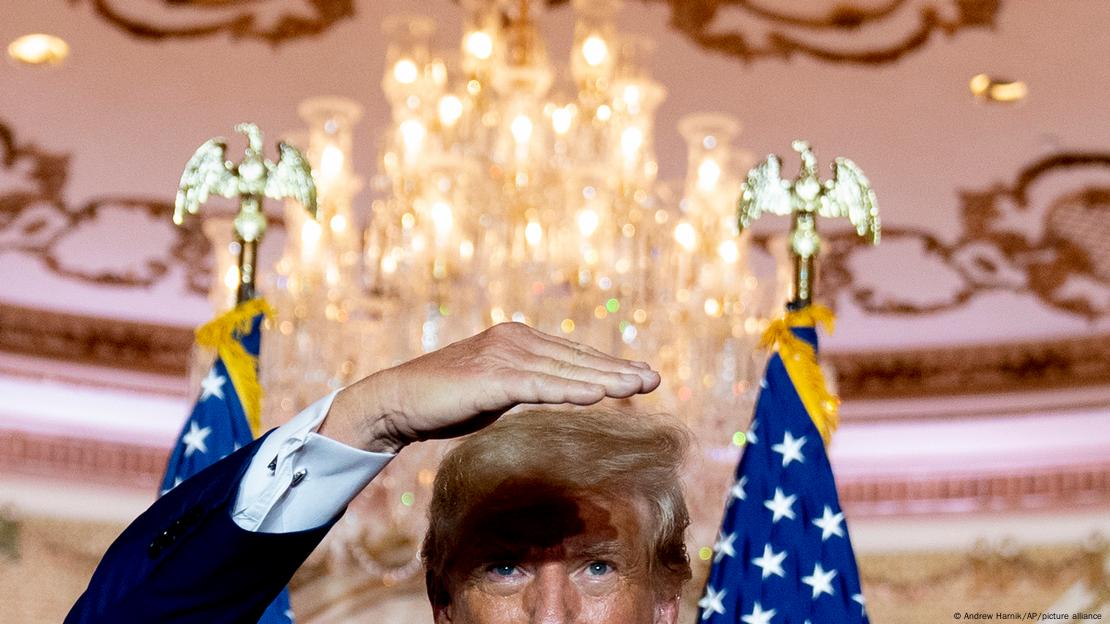US-China Strategic Competition: Opportunities and Risks for Taiwan
In the three weeks before the U.S. released the National Security Strategy report, the Special Competitive Studies Project, led by former Google CEO Eric Schmidt, released a report entitled “Mid-Decade Challenges to National Competitiveness.” Based on interviews with dozens of industry leaders, this report identifies three major areas of competition between the U.S. and China: artificial intelligence, microelectronics (primarily semiconductors) and 5G. These three areas represent data analysis and application capabilities, hardware that supports technological computing and next-generation network capabilities. They will influence not only wins and losses in business competition, but also military and national defense capabilities, cybersecurity, cognitive warfare and even overall national strength. The report refers to “mid-decade” because the outcome of competition in these three areas will be the key influencing the strength of the strategic competitive relationship between the U.S. and China after 2030. Therefore, it suggests the U.S. should hurry to catch up and ensure its role as leader after 2030.
Three weeks after the White House released its National Security Strategy report, it similarly pointed out that the U.S. is entering a “decisive decade.” To ensure national security in the next decade, the U.S. will focus on seven basic key technologies, including microelectronics, advanced computing and quantum technology, artificial intelligence, biotechnology and biomanufacturing, advanced telecommunications and clean energy. It will also ensure the diversity and resilience of manufacturing supply chains related to these seven areas.
A cross-comparison of the two documents concludes that U.S. industry and government have a high degree of consensus: Artificial intelligence, quantum computing, semiconductors and 5G will become the major battlegrounds the U.S. delimitates for technological competition, while biotechnology and clean energy are only points of competition in application aspects. The importance of the four aforementioned competition battlegrounds is why the U.S. maintains that “rising in the East, setting in the West” [a CCP idea that China is rising and the U.S. is falling] represents a security threat. Positioned thusly, the U.S. will not only focus on fully developing resources. Based on its control of 5G technology, semiconductors, batteries and even human resources over the past few years, the U.S. will concurrently increase measures to repress China, such as returning investment from abroad and restricting and banning censorship. It will also expand its pool of alternative resources with allies and new alliances.
On the other side, while China certainly feels pressured, it will not sit idly by. In key remarks from the 20th National Congress, Xi Jinping no longer used the slogan “strategic opportunity,” but instead spoke of national security and huge threats, reflecting his conclusions drawn from current circumstances. Regarding technology, China will accelerate the pursuit of “being self-reliant in science and technology, and focus energy on advancing original and leading technological solutions to resolutely win the battle for key core technologies.” Plainly stated, China cannot prevent the U.S. from investing in itself. However, in addition to broadly investing in research and development, China will make every effort to detach itself from the U.S. and thereby release itself from America’s stranglehold.
Taiwan’s semiconductors and information and communication technology are important globally, which means that we cannot stay on the sidelines. In the past 30 years, Taiwan has benefitted from the supply chain structure between us, the U.S. and China, which has made our relationship with the U.S. and China complicated. Even if we wanted to extricate ourselves, it would not be easy and would require a long period of readjustment. These main technological battlefields as defined by the U.S. and China, as well as the moves the two countries make in response to one another, cannot simply be regarded as business opportunities for Taiwan. We must assess their impact.
In strategic competition particularly, not only would a country strengthen itself to achieve its goal, but it will normally use means such as enticement, intimidation, cooperation and separation to suppress and demean its opponent. We can see that Taiwan already has leadership status in industries such as semiconductors and 5G equipment, and the risks of becoming involved in conflict might outweigh the gains. As for artificial intelligence and quantum computing, we are fully committed to these fields of emerging technology. However, it must be clarified whether we are allies or opponents in the eyes of the U.S. and China. At the same time, most of Taiwan’s technology industries are connected to an American supply chain. It is only natural that the U.S., in casting off China, would want Taiwan to join. On the other hand, as China strategically tackles the process of casting off the U.S., the possibility exists that Taiwanese factories will receive many forms of invitations to offer assistance or even join. All of these are threats that industry and the Taiwanese government must figure out as soon as possible how to respond to.

